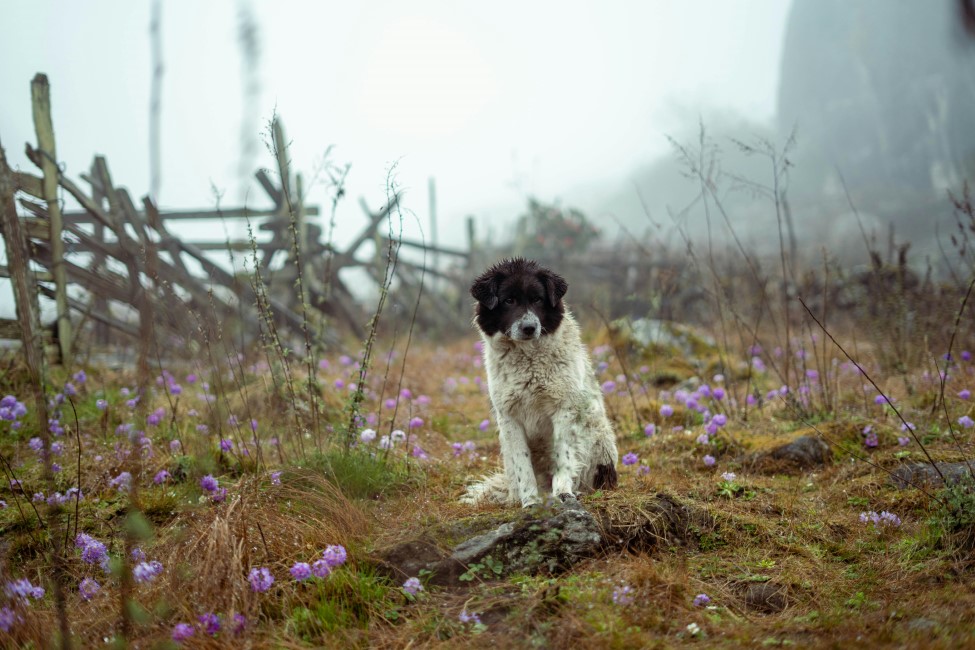The Eastern Himalayan gems of Sikkim and Darjeeling offer a blend of mountain views, tea gardens, Buddhist monasteries, and colonial charm. With varying altitudes and a strong monsoon influence, the experience shifts dramatically by season. Here's your complete guide to visiting these hill destinations at the perfect time.
Spring (March to May) — Best Overall Time to Visit
Why go:
Spring is when Sikkim’s rhododendrons bloom, and Darjeeling’s tea estates turn lush and vibrant. The skies are mostly clear, offering stunning views of Kanchenjunga, especially from Pelling, Gangtok, and Tiger Hill. Ideal for sightseeing, nature walks, and short treks.
Crowds & Costs:
Moderate tourist season. April and May are popular months, so book hotels and permits early, especially in Sikkim.
Summer (June to Early July) — Best for Green Escapes
Why go:
Early summer is warm and inviting (15°C–25°C), with longer daylight hours for exploring monasteries, waterfalls, and hill stations like Lachung, Lachen, and Ravangla.
Crowds & Costs:
Tourist traffic increases in early June due to school holidays. Hotels in Darjeeling and Gangtok are in demand — book in advance.
Watch out for:
By late June, the monsoon begins, bringing heavy rain and mist.
Monsoon (Mid-July to Mid-September) — Best for Peace & Lush Beauty
Why go:
The hills turn vividly green, and waterfalls are at their peak. Ideal for slow travelers and those seeking quiet, misty mountain charm. Photography lovers will enjoy the surreal landscapes.
Watch out for:
Landslides and roadblocks are common during heavy rain. Outdoor sightseeing may be limited — plan for flexibility.
Crowds & Costs:
Low tourist season. Great hotel deals and peaceful surroundings.
Autumn (Mid-September to November) — Best for Clear Views & Festivals
Why go:
Post-monsoon skies clear up, offering the best panoramic views of Kanchenjunga. Great time for trekking in Yumthang Valley, visiting monasteries, and enjoying Darjeeling tea harvest season.
Crowds & Costs:
A popular time to visit — especially in October. Hotel prices rise slightly, so book early.
Winter (December to February) — Best for Snow & Solitude
Why go:
While Darjeeling remains cold but accessible, North Sikkim (like Lachung and Yumthang) sees snowfall, attracting snow seekers and couples. Great for peaceful retreats, scenic drives, and Tibetan New Year festivals.
Watch out for:
Extreme cold in high-altitude areas. Some routes, especially in North Sikkim, may close due to snow.
Key Events to Plan Around
-
Losar (Tibetan New Year) – February/March; celebrated with mask dances and rituals in Sikkim.
-
Saga Dawa – May/June; a Buddhist festival honoring the birth of Lord Buddha.
-
Darjeeling Carnival – November; celebrates local culture, music, and food.
-
Tea Plucking Season – March to November; visit estates and witness the art of tea-making.
Final Verdict
| Travel Style | Best Time to Visit |
|---|---|
| Bloom & Scenic Views | March – May |
| Peaceful & Green | June – July |
| Clear Skies & Culture | September – November |
| Snow & Winter Charm | December – February |
For iconic views and mild weather, spring and autumn are perfect. For solitude or snow, winter offers a peaceful escape. Monsoon brings raw natural beauty for those seeking quiet retreats.
Let us craft your Sikkim–Darjeeling journey — from sunrise over the Himalayas to quiet monasteries and fragrant tea gardens.
Feature Image:- Photo by Satya

